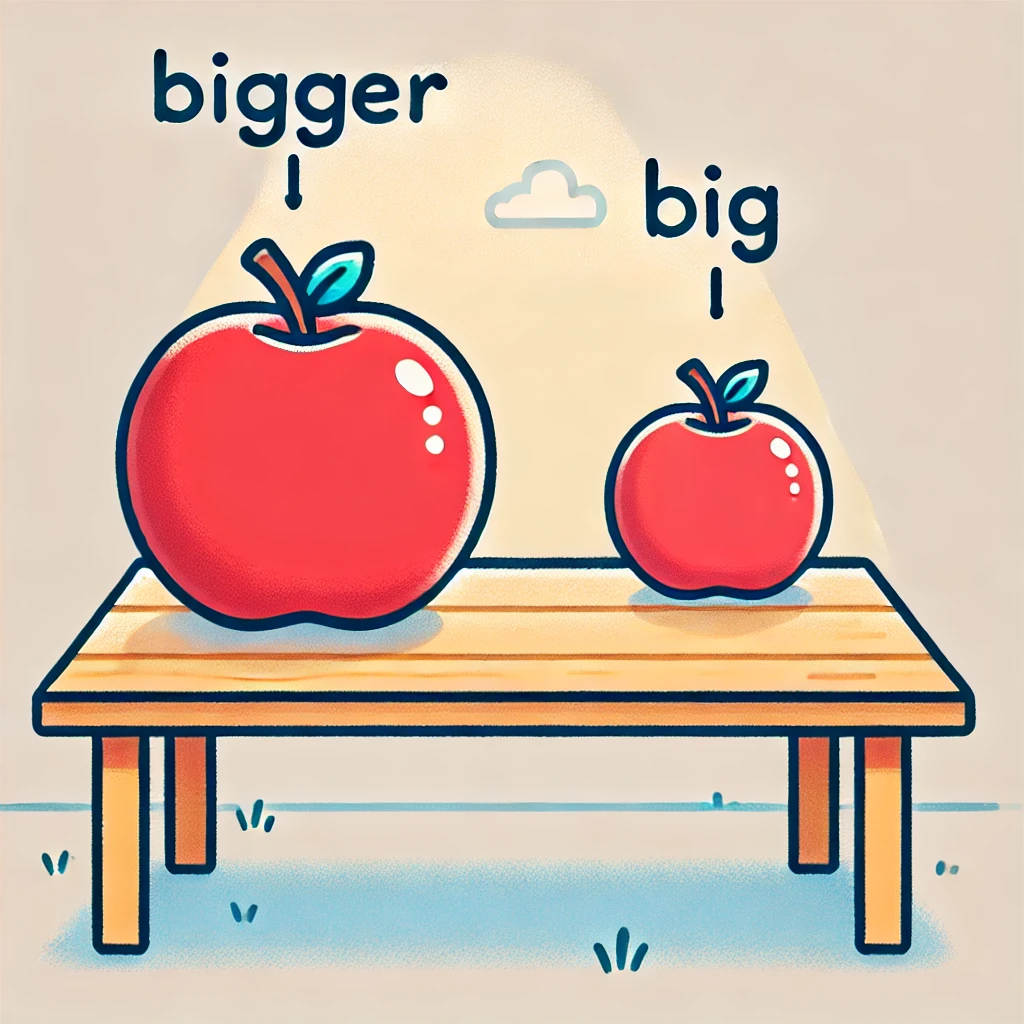Comparatives in English Grammar: A Concise Guide

Understanding comparatives is essential for effective communication in English. Comparatives allow us to compare two entities, highlighting differences or similarities in qualities or quantities. This concise guide will help you master the use of comparatives in English grammar.
What Are Comparatives?
Comparatives are forms of adjectives or adverbs used to compare two things. They indicate that one thing has more or less of a particular quality than another.

How to Form Comparatives in English Grammar
One-Syllable Adjectives
- Add “-er” to the end of the adjective.
- Example: Tall → Taller
- Double the final consonant if the adjective ends with a single vowel followed by a consonant.
- Example: Big → Bigger
Two-Syllable Adjectives Ending in “-y”
- Change “-y” to “-ier”.
- Example: Happy → Happier
Adjectives with Two or More Syllables
- Use “more” before the adjective.
- Example: Beautiful → More beautiful
Irregular Comparatives
Some adjectives have irregular comparative forms:
- Good → Better
- Bad → Worse
- Far → Farther/Further
Common Mistakes to Avoid
- Don’t use “more” with “-er” adjectives.
- Incorrect: More smarter
- Correct: Smarter
- Avoid double comparatives.
- Incorrect: More happier
- Correct: Happier
Examples in Sentences
- She is taller than her sister.
- This puzzle is more challenging than the last one.
- He feels better today than yesterday.
Examples from a Song for Comparatives in English Grammar
Conclusion
Mastering comparatives enhances your English communication skills by allowing you to make clear and accurate comparisons. Practice regularly, and soon you’ll use comparatives confidently and correctly.
Boost your English grammar by mastering comparatives today!



0 Comments